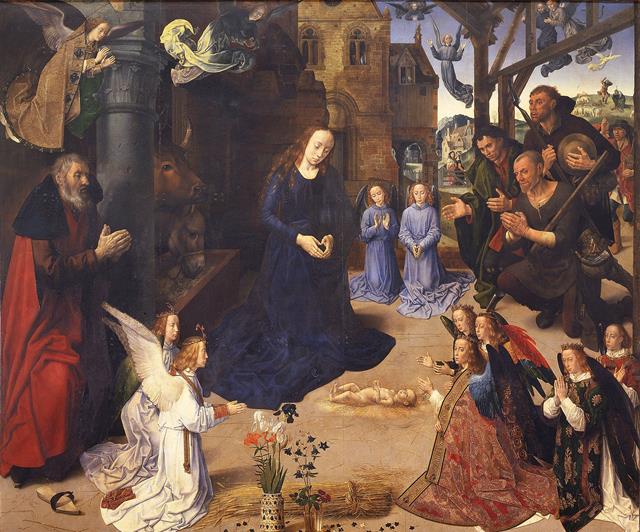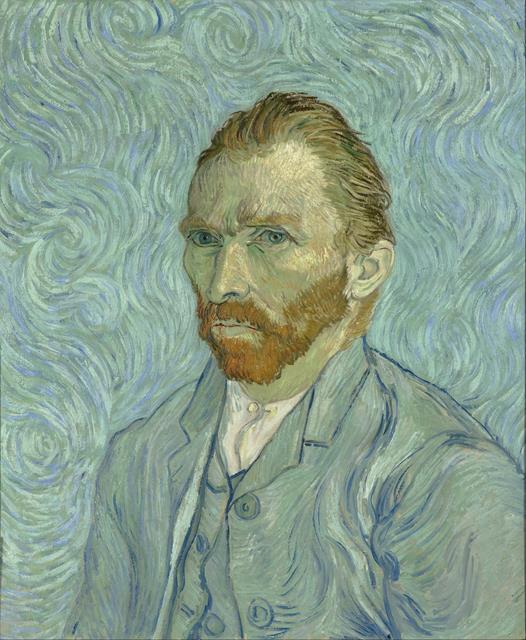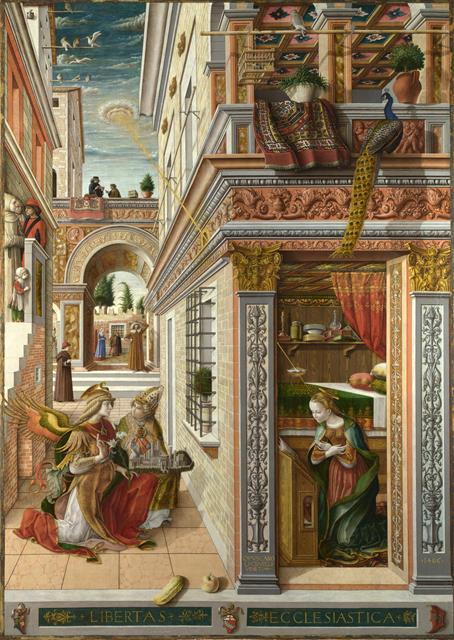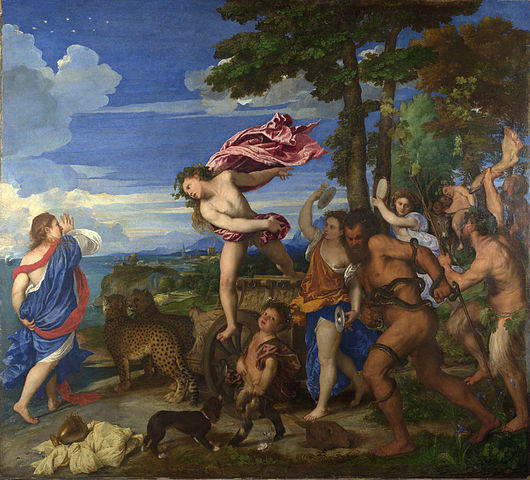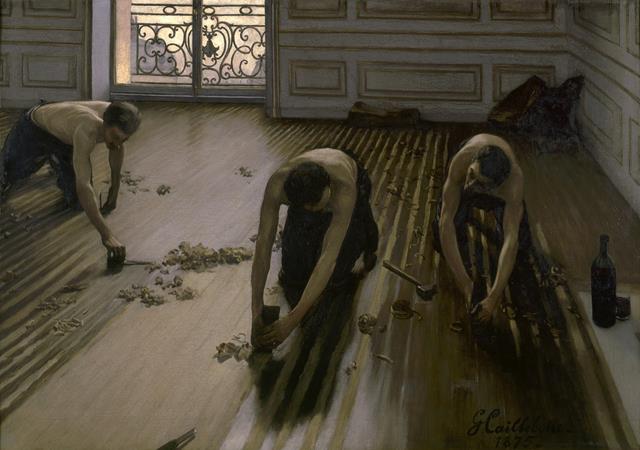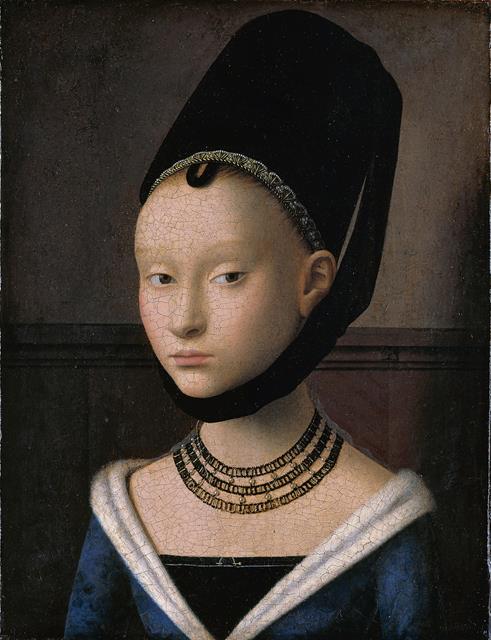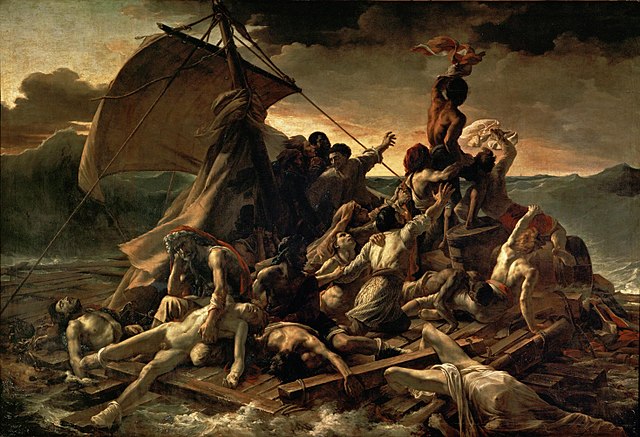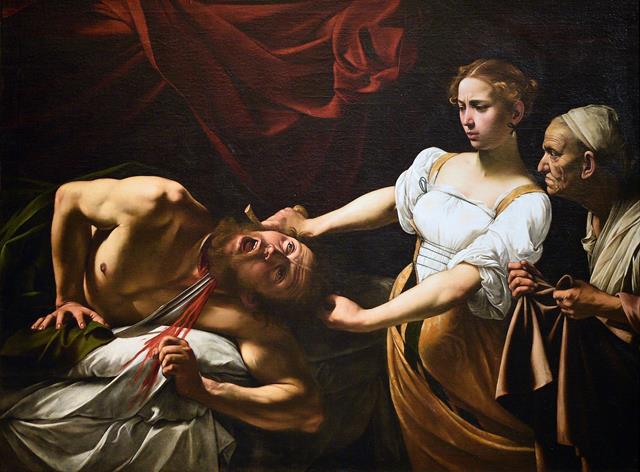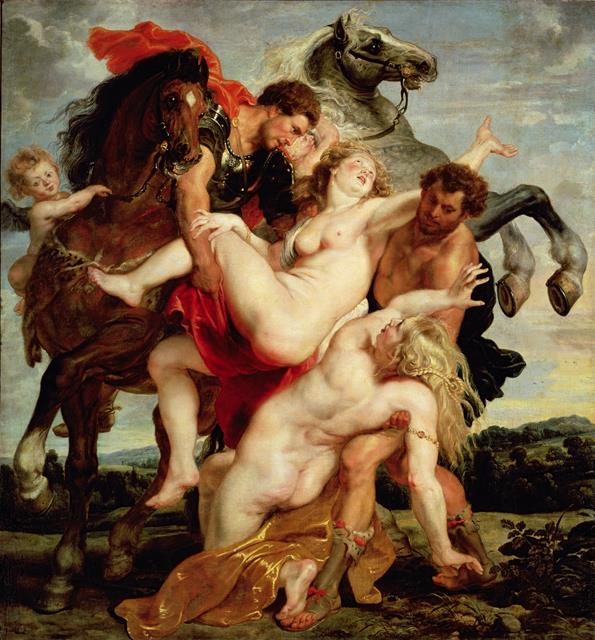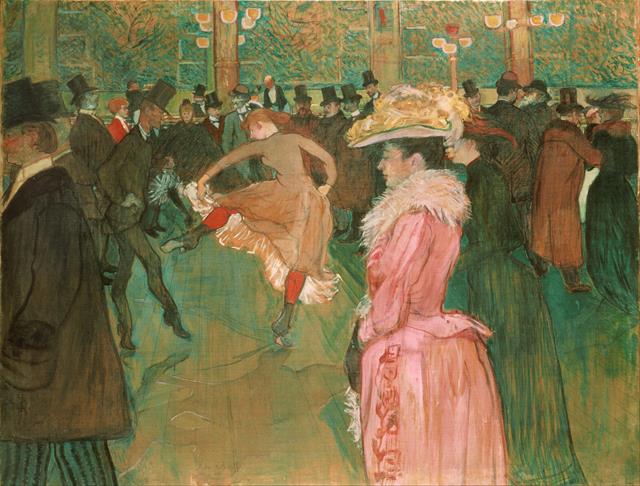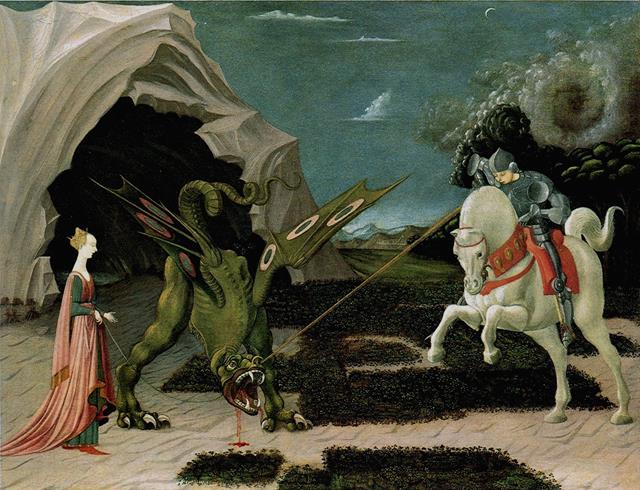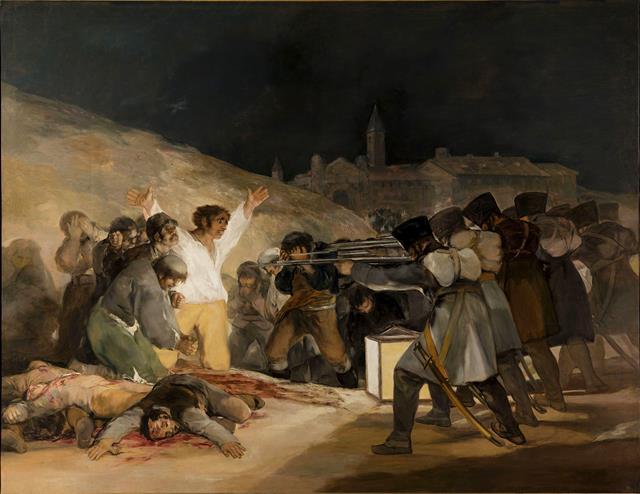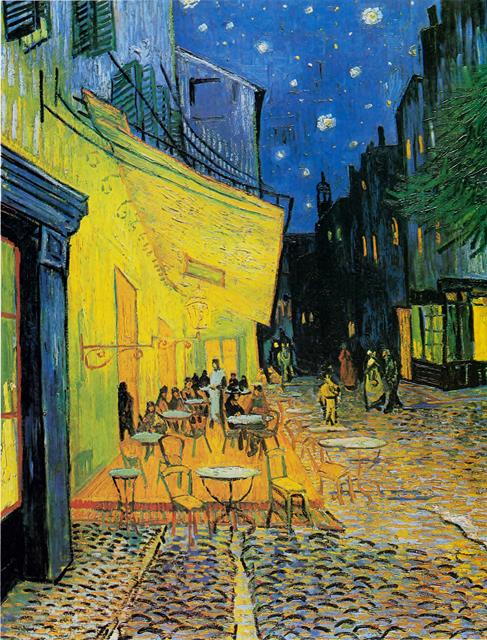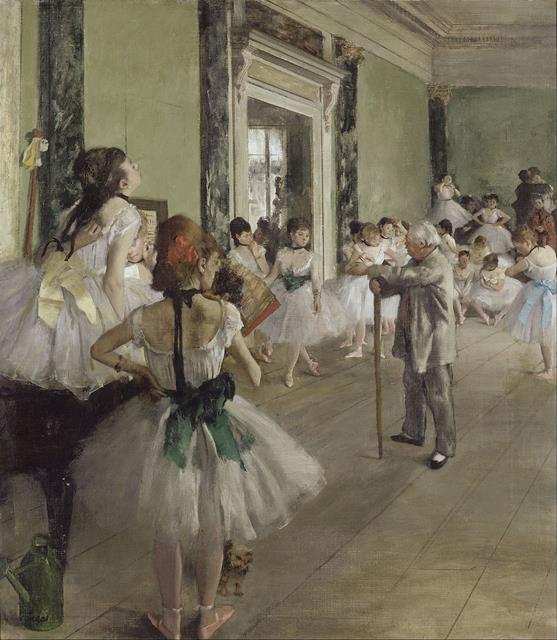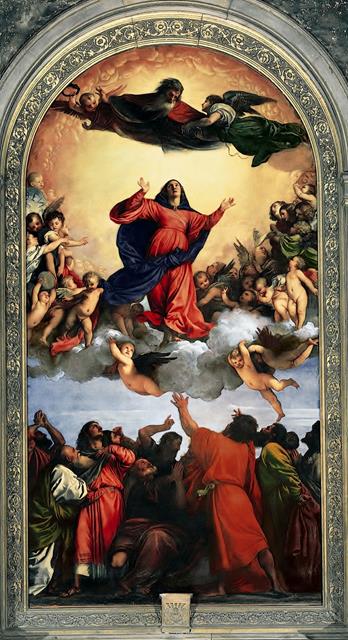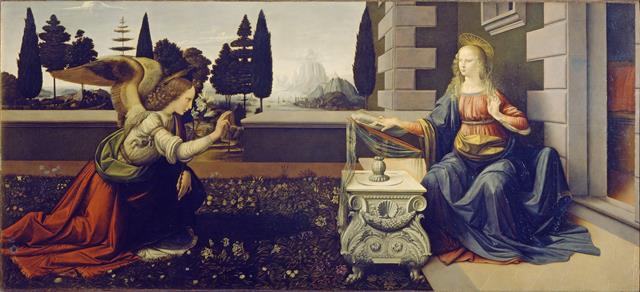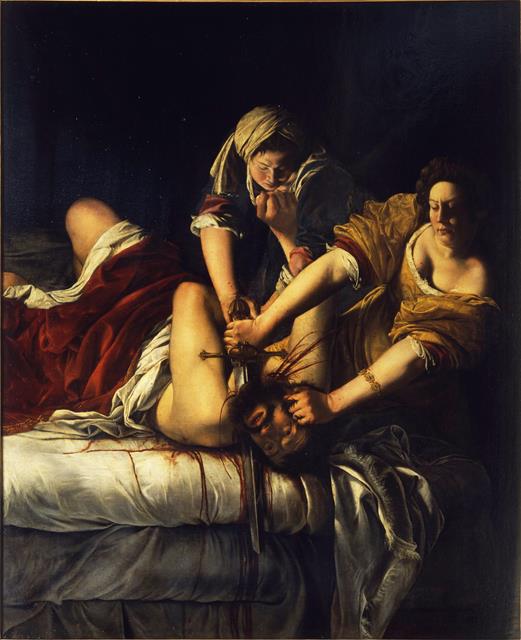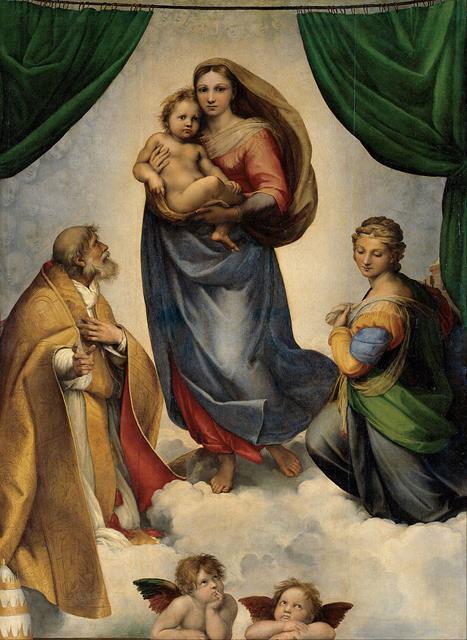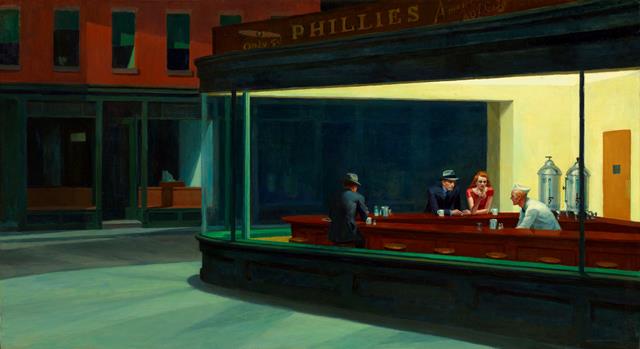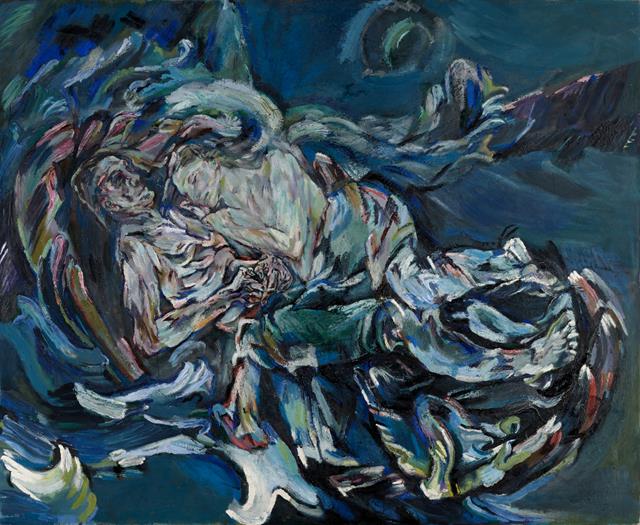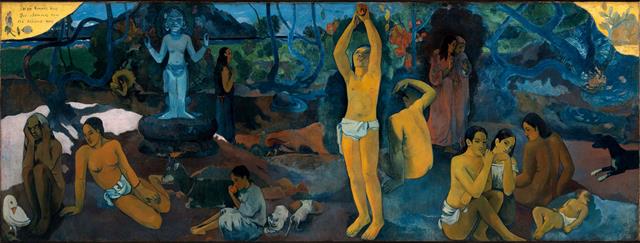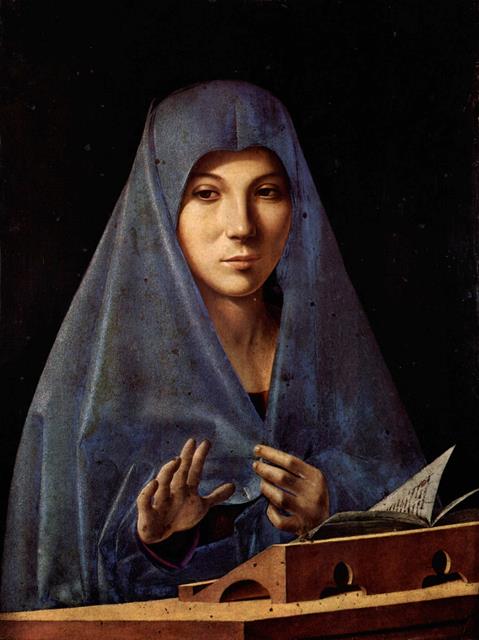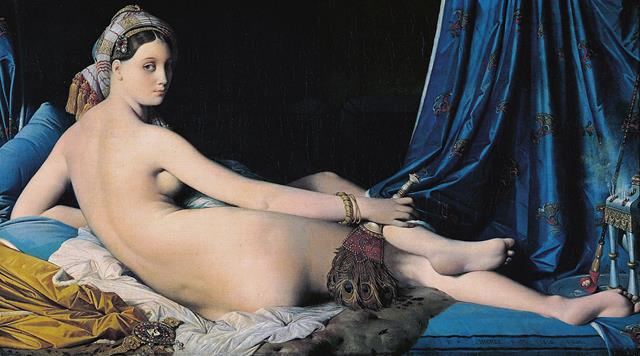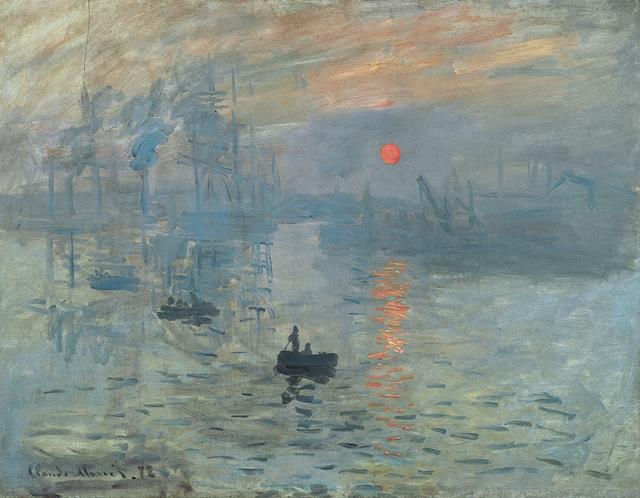Discover the Finest Artworks: Top 200 Paintings Worldwide (#74–50)
Explore our meticulously researched compilation showcasing the 200 greatest paintings globally.
Each painting is accompanied by comprehensive details, including size, location, materials used, its frequency in experts' lists, and our own rating.
Table of Contents
ToggleCurrently you are exploring #75–51.
Click on the following links to discover #200–176, #175–151, #150–126, #125–101, #100–76, #75–51, #50–26, #25–1 of our list of the 200 best paintings in the world.
Our list of the 200 best paintings of Western Art is curated through an in-depth analysis of over 20 influential art books in various languages and multiple other reputable sources. For each painting, we disclose its frequency of mention across these sources (Experts’ Choice) and the rating assigned by our panel of experts (Our Score).
Uncover more about our methodology and the selected art books behind this definitive top 200 list by clicking here.
#75 | Hugo van der Goes, “Adoration of the Shepherds (Central panel of the Portinari Altarpiece)”
Masterfully Captures the Humility and Wonder of the Shepherds in the Presence of Christ
The essence of "Adoration of the Shepherds" lies in its depiction of the biblical scene where the very realistically painted shepherds pay homage to the newborn Christ child.
The painting's intricate composition draws viewers into the scene, with each element meticulously placed to create a harmonious whole.
The painting was commissioned by Tommaso Portinari, a wealthy Florentine banker, for the church of Sant'Egidio in Florence.
Date: 1476–1478
Dimensions: 253 × 141 cm (99.6 × 55.5 in) | very large
Material: Oil on wood
Collection: Galleria degli Uffizi, Florence 🇮🇹
Art Movement: Early Netherlandish Renaissance 🇳🇱
Experts’ Choice: 16x
Our Score: 6.40
#74 | Vincent van Gogh, “Self-portrait (1889, mintgreen)”
A Profound Exploration of the Artist’s Inner World and Emotional Turmoil
The choice of "mintgreen" as the background color is unusual for self-portraiture of the time, suggesting Van Gogh's experimentation with color and his departure from traditional artistic conventions.
The self-portrait is one of over 40 that Van Gogh produced during his lifetime, reflecting his fascination with self-exploration and self-expression.
Date: 1889
Dimensions: 65 cm × 54 cm (26 in × 21 in) | medium-sized
Material: Oil on canvas
Collection: Musée d'Orsay, Paris 🇫🇷
Art Movement: Post-Impressionism, Dutch 🇳🇱
Experts’ Choice: 9x
Our Score: 6.40
#73 | Carlo Crivelli, “The Annunciation, with St, Emidius”
Crivelli Captures the Transcendent Beauty of the Annunciation, Inviting Viewers into a World Suffused with Wonder and Awe
The painting captures the tension and significance of this divine encounter, with Mary depicted in a moment of startled reverence as she receives the angel's message.
The ornate architectural details and richly adorned surroundings further elevate the spiritual atmosphere, transporting viewers into the realm of the miraculous.
Date: 1486
Dimensions: 207 cm × 146.7 cm (81 in × 57.8 in) | extremely large
Material: Oil on wood transferred to canvas
Collection: National Gallery, London 🇬🇧
Art Movement: Early Renaissance, Venetian School 🇮🇹
Experts’ Choice: 9x
Our Score: 6.40
#72 | Titian (Titiano Vecellio), "Bacchus and Ariadne"
A Carefully Balanced Arrangement of Figures That Creates a Sense of Movement and Drama
The painting depicts the moment in which Bacchus, the god of wine, discovers the abandoned Ariadne on the island of Naxos and falls in love with her at first sight.
Titian's use of color is breathtaking, with vivid hues that bring the scene to life and evoke the passionate emotions of the mythological narrative.
Date: 1522–23
Dimensions: 176.5 cm × 191 cm (69.5 in × 75 in) | very large
Material: Oil on canvas (applied onto conservation board 1968)
Collection: National Gallery, London 🇬🇧
Art Movement: High Renaissance, Venetian School, Italian 🇮🇹
Experts’ Choice: 10x
Our Score: 6.40
#71 | Gustave Caillebotte, "The Floor Strippers"
Light, Shadow, and Spatial Complexity: The Technical Brilliance of Caillebotte
Caillebotte's bold perspective, with the figures occupying the foreground and the vast expanse of the room stretching into the background, creates a sense of depth and spatial complexity.
The juxtaposition of the muscular, toiling bodies of the workers with the elegant interior of the bourgeois setting provokes contemplation on class divisions and societal norms.
Within Impressionism, Caillebotte's work often stands apart due to its more structured compositions and its exploration of themes related to urban modernity and social realism.
💡 The figures in the painting are believed to be actual workers hired by Caillebotte to strip and refinish the floors of his family's apartment, adding a layer of authenticity to the scene.
Date: 1875
Dimensions: 102 cm × 146.5 cm (40 1⁄8 in × 57 5⁄8 in) | very large
Material: Oil on canvas
Collection: Musée d’Orsay, Paris 🇫🇷
Art Movement: Impressionism, French 🇫🇷
Experts’ Choice: 10x
Our Score: 6.40
#70 | Petrus Christus, "Portrait of a Young Girl"
Evoking Introspection with Its Enigmatic Gaze
Despite its small size (measuring just 29.8 × 22.6 cm), the painting exudes a sense of grandeur and sophistication, captivating viewers with its intimate yet compelling presence.
The enigmatic expression on the girl's face that is reserved, yet intelligent and alert invites viewers to ponder her thoughts and emotions, adding layers of complexity to the artwork.
Date: 1446
Dimensions: 29 x 22.5 cm (very small)
Material: Oil on canvas
Collection: Staatliche Museen zu Berlin, Gemäldegalerie 🇩🇪
Art Movement: Early Netherlandish Renaissance 🇳🇱
Experts’ Choice: 12x
Our Score: 6.50
#69 | Théodore Géricault, "Raft of the Medusa"
Confronts Viewers with the Stark Realities of Human Suffering and Resilience
The painting was inspired by the real-life events of the Medusa shipwreck in 1816, where over 150 people were stranded on a makeshift raft in the Atlantic Ocean.
Géricault conducted extensive research for the painting, including studying cadavers and interviewing survivors, to ensure accuracy and authenticity in his depiction of the human form and the horrors of the ordeal.
The radical departure from traditional academic conventions and its emphasis on emotional intensity and social critique heralded the emergence of Romanticism as a major artistic movement.
Date: 1818–1819
Dimensions: 490 cm × 716 cm (16 ft 1 in × 23 ft 6 in) | extremely large
Material: Oil on canvas
Collection: Musée du Louvre, Paris 🇫🇷
Art Movement: Romanticism, French 🇫🇷
Experts’ Choice: 15x
Our Score: 6.50
#68 | Caravaggio, "Judith Beheading Holofernes" (Rome Version)
Stirs Emotions with Its Raw Intensity and Unflinching Realism
At the heart of the painting is the titular moment: Judith, a Jewish widow, takes decisive action to save her people by seducing and then beheading the Assyrian general Holofernes.
Caravaggio's rendition captures the intensity of the scene, with Judith and her maidservant Abra locked in a struggle as they carry out the gruesome act.
The Rome version of the painting is one of two known versions attributed to Caravaggio, with the other one (known as the Toulouse version) held in a private collection.
Date: c. 1598–1599 or 1602
Dimensions: 145 cm × 195 cm (57 in × 77 in) | very large
Material: Oil on canvas
Collection: Galleria Nazionale d'Arte Antica, Rome 🇮🇹
Art Movement: Baroque, Italian 🇮🇹
Experts’ Choice: 7x
Our Score: 6.60
#67 | Peter Paul Rubens, "The Rape of the Daughters of Leucippus"
Captures the Intense Moment of a Mythological Event Conveying Themes of Power, Desire, and Violence
The essence of Rubens' painting lies in its portrayal of the abduction of the daughters of Leucippus by Castor and Pollux, immortalized in Greek mythology.
It captures the intense moment of the mythological event, with the central figures of Castor and Pollux forcefully seizing the daughters, conveying themes of power, desire, and violence.
The painting's rich colors, dynamic composition, and expressive figures enhance the drama and emotion of the scene, inviting viewers to contemplate the complexities of human behavior and morality.
Date: 1617
Dimensions: 224 × 211 cm, (88.1 × 83 in) | extremely large
Material: Oil on canvas
Collection: Alte Pinakothek, Munich 🇩🇪
Art Movement: Baroque, Flemish 🇧🇪
Experts’ Choice: 10x
Our Score: 6.60
#66 | Henri de Toulouse-Lautrec, "At the Moulin Rouge: The Dance"
Challenges Conventional Composition with Dynamic Movement
Date: 1890
Dimensions: 115.6 cm × 149.9 cm (45.51 in × 59.02 in) | very large
Material: Oil on canvas
Collection: Philadelphia Museum of Art Philadelphia 🇺🇸
Art Movement: Post-Impressionism, French 🇫🇷
Experts’ Choice: 9x
Our Score: 6.70
#65 | Paolo Uccello, "St. George and the Dragon"
Captures the Essence of Heroism
Set against a meticulously depicted landscape, the painting captures the climactic moment of St. George's legendary battle with the fearsome dragon.
Uccello's innovative use of perspective, notably in the vanishing point leading to the dragon, highlights his pioneering approach to spatial representation
Date: 1470
Dimensions: 55.6 cm × 74.2 cm (21.9 in × 29.2 in) | medium-sized
Material: Oil on panel
Collection: National Gallery, London 🇬🇧
Art Movement: Early Renaissance, Italian 🇮🇹
Experts’ Choice: 10x
Our Score: 6.70
#64 | Francisco de Goya y Lucientes, "The Third of May 1808"
Provokes Reflection on the Nature of Power and Resistance
"The Third of May 1808" encapsulates the essence of human suffering and resilience in the face of tyranny and oppression.
The central figure, illuminated by the harsh glow of a lantern, stands out amidst a sea of anonymous victims, embodying the defiance and courage of the individual facing overwhelming odds.
Goya deliberately omitted specific details, such as facial features, from the French soldiers to emphasize their anonymity and dehumanization.
Date: 1775–1780
Dimensions: 266 cm × 345 cm (105 in × 136 in) | extremely large
Material: Oil on canvas
Collection: Museo Nacional del Prado, Madrid 🇪🇸
Art Movement: Romanticism, Spanish 🇪🇸
Experts’ Choice: 16x
Our Score: 6.70
#63 | Vincent van Gogh, "Café Terrace at Night"
Mesmerizes with Its Luminous Charm, Transporting Viewers to a Realm of Nocturnal Enchantment
Van Gogh completed the masterpiece in a single night, capturing the essence of the scene with remarkable spontaneity.
The use of complementary colors such as blue and yellow enhances the painting's vibrancy and depth.
Café Terrace at Night' stands as a testament to van Gogh's genius, showcasing his ability to infuse everyday scenes with profound emotional resonance.
Date: 1888
Dimensions: 80.7 cm × 65.3 cm (31.8 in × 25.7 in) | medium-sized
Material: Oil on canvas
Collection: Kröller-Müller Museum, Otterlo 🇳🇱
Art Movement: Post-Impressionism 🇳🇱
Experts’ Choice: 8x
Our Score: 6.80
#62 | Edgar Degas, “The Dance Class”
Immerses Viewers in the Intimate World of a Ballet Studio
Set in a dimly lit rehearsal room, the painting captures a moment of intense focus and concentration as dancers practice their routines under the watchful eye of their instructor.
Degas' innovative use of composition and perspective sets "The Dance Class" apart from traditional depictions of ballet scenes, infusing the work with a sense of modernity and dynamism.
Date: 1873–76
Dimensions: 85 x 75 cm (33 in × 30 in) | medium-sized
Material: Oil on canvas
Collection: Musée d’Orsay, Paris 🇫🇷
Art Movement: Impressionism, French 🇫🇷
Experts’ Choice: 8x
Our Score: 6.80
#61 | Titian (Titiano Vecellio), "Assumption of the Virgin"
The Painting’s Dynamic Composition and Rich Symbolism Celebrates Spiritual Devotion
The painting captures the divine moment of transition, symbolizing Mary's assumption into heavenly glory.
The figures below gaze upward in awe and reverence, their gestures and expressions conveying a sense of wonder and adoration.
Through its luminous colors, dynamic composition, and rich symbolism, the painting invites viewers to contemplate the mystery of faith and the promise of salvation.
Date: c. 1750
Dimensions: 690 cm × 360 cm (270 in × 140 in) | extremely large
Material: Oil on panel
Collection: Basilica di Santa Maria Gloriosa dei Frari, Venice 🇮🇹
Art Movement: High Renaissance, Venetian School, Italian 🇮🇹
Experts’ Choice: 10x
Our Score: 6.80
#60 | Leonardo Da Vinci, "The Annunciation"
Captures the Celestial Moment of Revelation with Ethereal Beauty
Da Vinci's innovative use of perspective creates a sense of depth and realism, pioneering techniques that would revolutionize Renaissance art.
Mary, depicted with humility and grace, receives the angel's message with awe and reverence, symbolizing her pivotal role in the fulfillment of God's plan for humanity.
Date: 1475
Dimensions: 98 cm × 217 cm (39 in × 85 in) | very large
Material: Oil on panel
Collection: Galleria degli Uffizi, Florence 🇮🇹
Art Movement: High Renaissance, Italian 🇮🇹
Experts’ Choice: 10x
Our Score: 6.80
#59 | Artemisia Gentileschi, "Judith Beheading Holofernes" (Uffizi Version)
Celebrates Female Empowerment and Defiance against Oppression
The painting is believed to be a cathartic expression of Gentileschi's personal trauma, stemming from her own experience of sexual violence at the hands of her mentor.
The intense realism and visceral detail in the depiction of the beheading scene reflect Gentileschi's innovative approach to storytelling, setting her apart from her male contemporaries.
Gentileschi's portrayal of Judith as a strong, assertive woman subverts traditional gender roles and celebrates female agency and empowerment.
💡 When compared to her earlier (c. 1612) interpretation from Naples, there are subtle but marked improvements to the composition.
Date: c. 1620
Dimensions: 199 x 162.5 cm (78.3 x 63.9 in) | very large
Material: Oil on canvas
Collection: Galleria degli Uffizi, Florence 🇮🇹
Art Movement: Baroque, Italian 🇮🇹
Experts’ Choice: 11x
Our Score: 6.80
#58 | Salvador Dali, "The Persistence of Memory"
Captivates Viewers with Its Dreamlike Atmosphere
Due to copyright issues, we can't present an image, but you can find it at the website of the Museum of Modern Art (https://www.moma.org).
Dali's meticulous rendering of melting clocks creates a sense of timelessness and challenges conventional notions of temporality.
The painting's dreamlike atmosphere and eerie landscape evoke a sense of wonder and intrigue, captivating viewers and inviting them into Dali's surreal world.
Dali's fascination with Freudian psychoanalysis and dreams heavily influenced his artistic vision, evident in the dreamlike quality of the painting.
Date: 1931
Dimensions: 24 cm × 33 cm (9.5 in × 13 in) | very small
Material: Oil on canvas
Collection: Museum of Modern Art (MoMA), New York City 🇺🇸
Art Movement: Surrealism, Spanish 🇪🇸
Experts’ Choice: 12x
Our Score: 6.80
#57 | Raphael (Raffaello Sanzio), "Sistine Madonna"
A Harmonious Balance of Earthly and Celestial Realms
The "Sistine Madonna" is renowned for its innovative composition, with the figures placed on a cloud that seems to float ethereally in space, creating a sense of heavenly transcendence.
The essence of Raphael's "Sistine Madonna" lies in its depiction of divine love, maternal tenderness, and spiritual transcendence.
Flanking the Madonna and Child are two famous cherubim, their playful antics adding a touch of whimsy to the scene while also serving as symbols of divine messengers.
Date: 1512
Dimensions: 265 cm × 196 cm (104 in × 77 in) | very large
Material: Oil on canvas
Collection: Gemäldegalerie Alte Meister, Dresden 🇩🇪
Art Movement: High Renaissance, Florentine School 🇮🇹
Experts’ Choice: 13x
Our Score: 6.80
#56 | Edward Hopper, "Nighthawks"
Invokes a Sense of Urban Isolation with Its Haunting Ambiance
"Nighthawks" serves as a poignant commentary on the alienation and disconnection prevalent in modern society, making it a relevant and enduring work of art.
The absence of any interaction between the characters intensifies the atmosphere of detachment and estrangement.
💡 The painting's title, "Nighthawks," is derived from the nocturnal birds often associated with solitude and contemplation, further emphasizing the overarching sense of isolation permeating the piece.
Date: 1942
Dimensions: 84.1 cm × 152.4 cm (33.1 x 60.0 in) | large
Material: Oil on canvas
Collection: Art Institute of Chicago 🇺🇸
Art Movement: Realism, American 🇺🇸
Experts’ Choice: 15x
Our Score: 6.80
#55 | Oskar Kokoschka, "Bride of the Wind"
Captures the Tumultuous Nature of Human Relationships
The painting's composition is highly dynamic, with swirling lines and exaggerated features reflecting Kokoschka's turbulent state of mind.
Ultimately, "Bride of the Wind" is a poignant exploration of the highs and lows of love, a timeless testament to the complexities of the human heart.
💡 While visiting Naples in April 1913, Oskar Kokoschka and his lover Alma Mahler encountered a fierce storm, potentially sparking the artist's inspiration for the conceptualization of "Bride of the Wind".
Date: 1914
Dimensions: 181 cm × 220 cm (71 in × 87 in) | very large
Material: Oil on canvas
Collection: Kunstmuseum, Basel 🇨🇭
Art Movement: Expressionism, Austrian 🇦🇹
Experts’ Choice: 9x
Our Score: 6.90
#54 | Paul Gauguin, “Where Do We Come From? What Are We? Where Are We Going?”
A Vibrant Tableau of Life’s Mysteries Unfolding Amidst Tahiti’s Lush Landscape
Through its rich symbolism and narrative complexity, the painting encourages introspection and invites viewers to embark on a philosophical journey of self-discovery and enlightenment.
Gauguin approaches the life cycle from a feminine perspective. The painting is divided into three distinct sections representing the stages of human life: infancy, adulthood, and old age, each populated with symbolic figures and mythological references.
💡 The enigmatic title, derived from a series of questions posed by French philosopher Émile Zola, adds to its mystique and invites viewers to ponder the mysteries of existence.
Date: 1897–1898
Dimensions: 139 cm × 375 cm (55 in × 148 in) | very large
Material: Oil on canvas
Collection: Museum of Fine Arts, Boston 🇺🇸
Art Movement: Post-Impressionism, French 🇫🇷
Experts’ Choice: 10x
Our Score: 6.90
#53 | Antonello da Messina, "Virgin Annunciate"
The Paintings Beauty Lies in Its Simplicity and Purity of Expression
The painting is celebrated for its innovative use of oil paint, a relatively new medium at the time, which allowed for greater precision and luminosity in color compared to traditional tempera paints.
The expression on the Virgin's face is imbued with both humility and grace, capturing the moment of divine revelation with extraordinary sensitivity.
Through its timeless beauty and spiritual resonance, "Virgin Annunciate" continues to captivate audiences and inspire awe centuries after its creation.
Date: 1475
Dimensions: 45 cm × 34.5 cm (18 in × 13.6 in) | small
Material: Oil on panel
Collection: Museo Nazionale, Palermo 🇮🇹
Art Movement: Early Renaissance, Southern Italian School 🇮🇹
Experts’ Choice: 10x
Our Score: 6.90
#52 | Jean-Auguste-Dominique Ingres, "Grande Odalisque"
Her Gaze, Enigmatic Yet Inviting, Draws the Viewer into a Realm of Oriental Fantasy
The painting exudes an air of sensuality and exoticism, drawing viewers into a realm of oriental fantasy and intrigue.
The odalisque's elongated form, rendered with meticulous attention to detail, captivates the eye and invites contemplation. She reclines languidly, her gaze serene yet inscrutable, evoking a sense of mystery and allure.
Date: 1814
Dimensions: 88.9 cm × 162.56 cm (35 in × 64 in) | very large
Material: Oil on canvas
Collection: Musée du Louvre, Paris 🇫🇷
Art Movement: Neoclassicism, French 🇫🇷
Experts’ Choice: 13x
Our Score: 6.90
#51 | Claude Monet, "Impression, Sunrise"
The Namesake for the Entire Impressionist Movement
The painting's historical significance lies in its role as the namesake for the entire Impressionist movement, as it was exhibited in 1874 at the first Impressionist exhibition in Paris.
The scene is bathed in soft, diffused light, emphasizing the tender connection between the mother and the baby. The cradle itself becomes a symbolic centerpiece, representing the protective cocoon of motherhood.
💡 The term "Impressionism" originated from a critic's derogatory review of this painting, where he used the term "impression" in a disparaging manner.
Date: 1873
Dimensions: 48 cm × 63 cm (18.9 in × 24.8 in) | medium-sized
Material: Oil on canvas
Collection: Musée Marmottan Monet, Paris 🇫🇷
Art Movement: Impressionism, French 🇫🇷
Experts’ Choice: 16x
Our Score: 6.90
These were #75–50 of our list of the 200 best paintings in the world.
🌊 Please continue to #50–26 here.
Click on the following links to discover #175–151, #150–126, #125–101, #100–76, #75–51, #50–26, #25–1 of our list of the 200 best paintings in the world.
Please check out also the results of our careful analysis to determine the best cities in the world to visit as a tourist in 2024 and our list of the best aquariums in the world in 2024.

